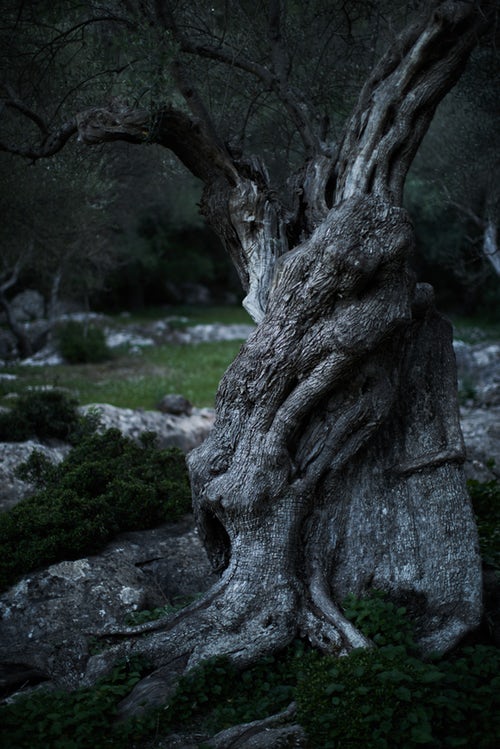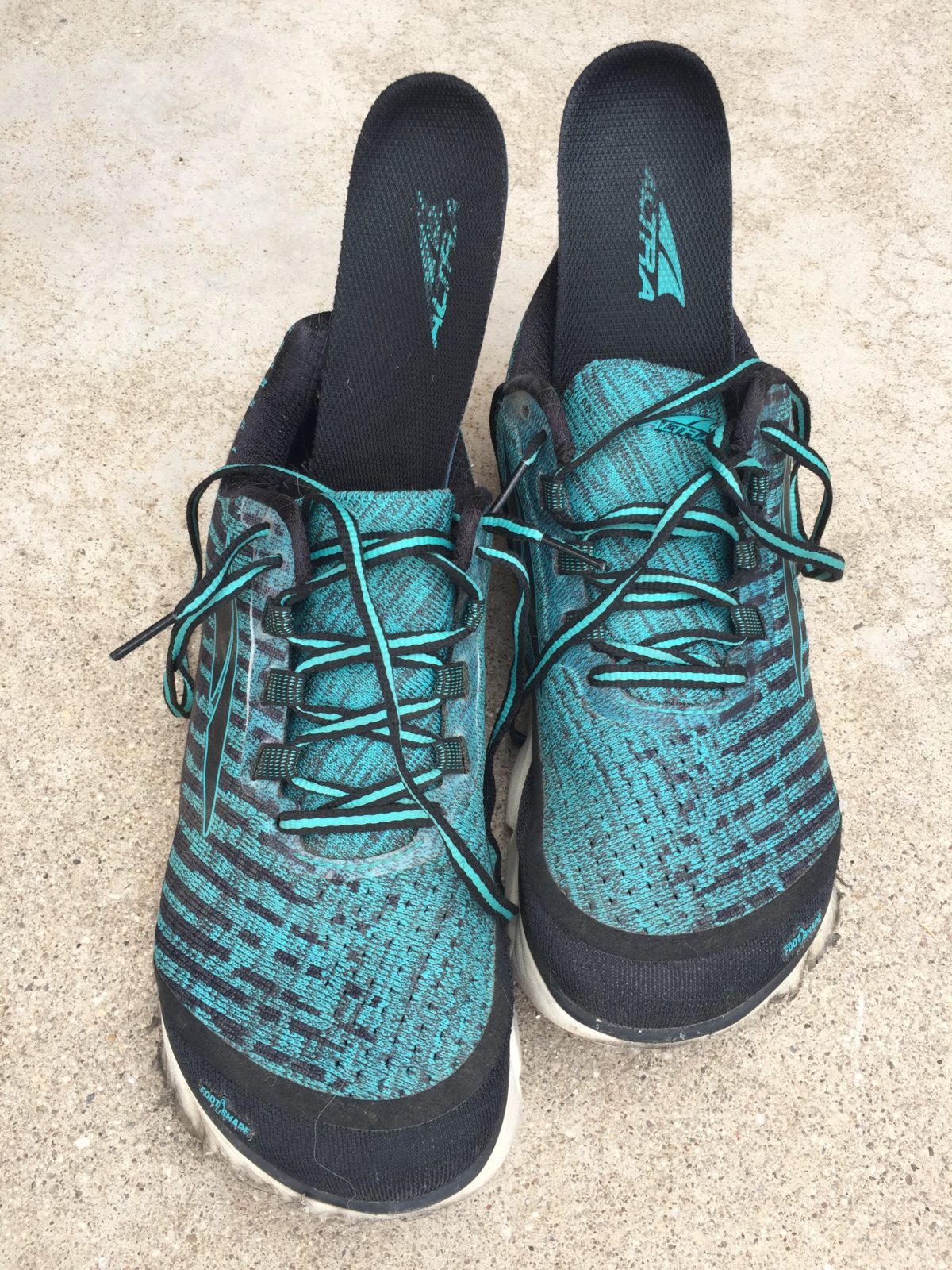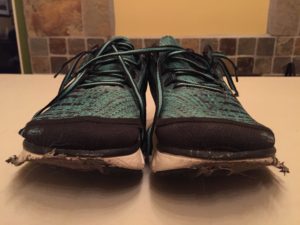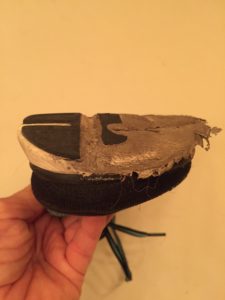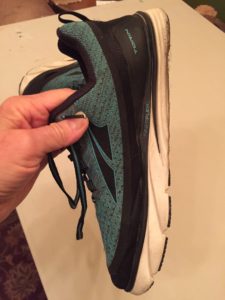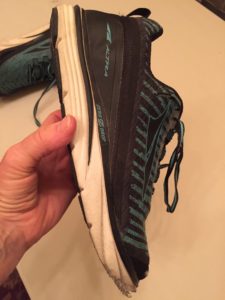Ever spend much time considering the socks you wear, especially the ones you put on for exercise walking, running or hiking? If not, you should. They’re critical to your foot health and exercise enjoyment. And the all-important blister prevention.
4 Basic Functions of Socks—
Socks do have some important functions, besides just keeping your feet warm and comfy, and maybe adding extra padding. The functions are:
Protection
Warmth
Cushioning
Absorbing or wicking moisture from the feet
While you may head to the ubiquitous white, six-pack tube socks for every need, those might not be the best choice for your feet or your activity. A shapeless cotton sock may be more harmful than helpful.
There’s much to consider when selecting a sock, something I’m really just beginning to appreciate.
My experience—
Growing up in Hawaii, socks were not a go-to wardrobe item. At least not often. Open-toed shoes and slippers were clothing staples, and Keds for physical education classes were the norm, which were often worn sans socks. And as a gymnast, bare feet or little white Peds anchored on the feet and ankles by elastic were the norm. I spent hours stitching quarter-inch elastic in crisscross fashion on my peds; and when they got holes in the balls of the feet, I’d use those as top layers to two or three (or more) bottom layers. Even back then, I wanted as much padding as I could get on my feet. Having all that cushion also helped when I ground my socks in resin to keep my feet well-anchored to the balance beam.
But what’s available now is light years away from what you could find on the shelves several decades ago.
Sock materials and construction—
Cotton. Silk. Spandex. Nylon. Wool. Blends. A ton of choices. What works for someone else may not work for you. What works for one type of activity and shoe may not work for others.
Dense weaves provide more cushion and often more warmth, which may not be ideal if you’re out running or hiking in hot temperatures. Double layers of socks (as I used to wear as a gymnast) provide cushion and the added benefit of reducing friction, critical to longer days of walking or hiking. (Can anyway say blister prevention?!)
Different benefits from different materials—
Let’s look at the benefits and drawbacks of each type of material, so you can get an idea what you might want or need.
Cotton—While these might be your first and cheapest selection, it is probably best to avoid them. Cotton socks, especially 100% cotton, provide no moisture wicking, so when you sweat, your feet are more likely to get wet, possibly cold, and blistered.
Cotton blends—Anything containing cotton plus spandex, rayon, acrylic, or nylon provides some stretch, better conforming to the foot, and some advantages over the 100% cotton models.
Silk—Once a man and woman’s staple, and primary choice, silk socks are now most often used as liners. I have a pair of silk liners I LOVE! I wear them between my wool hiking socks and boots. They reduce friction and have the added benefit of allowing me to slide my thick hiking socks on without much effort. I also wear them between my ski socks and ski boots. Very comfy! I have to replace them, though; I’ve worn them so much they have runs in them. Can’t bring myself to toss them out!
Wool—The advantages of wool are that it usually provides more cushioning, definitely provides more warmth, and wicks moisture away from your sweaty foot. But it’s also a comfortable sock to wear in the heat.
Wool blends—Again, comfortable in temperature extremes. They can also be soft and long lasting.
Fleece socks—Fleece is soft and warm and dries faster than wool. Fleece socks can be baggy, though. I like to wear fleece as ankle warmers—they roll down around the ankle and keep me warm.
Synthetic blends—The majority of synthetic sock materials are blended with cotton, nylon, spandex, or acrylic. They can offer protection against a wide range of problems, such as moisture-driven blisters, friction hot spots, and droopy socks that just don’t want to stay up. Many are moisture wicking, which is great for reducing blisters. Some have good insulation properties to keep you warm (such as ski socks). You can find them in single or double layer (now my favorite type of sock to wear).
Check your drawers—
Pull out all of your socks. What kind of blend do you have the most pairs of? Can you remember why you bought the socks? (They were cute and stylish? On sale? Cheap?)
Ask yourself what kind of activities you do on a regular basis. What kinds of needs you, and your feet, have for socks. What your budget is. (Try not to skimp in the sock department.)
Go window shopping—
Go to your department store and look around to see what they carry. Inspect the package to see what the material content is.
Head to your local outdoor activity or shoe store, particularly the stores specializing in walking or running, to see what they carry. Get with the professional staff at these stores to see what they recommend, what they wear when they’re out for a day hike.
Change your shopping approach—
It may be time for you to start being a little more need-based than utilitarian in your approach to buying and wearing socks!
NEXT WEEK: We’ll look at the different kinds of socks available for exercise.
Until then,
take care of your feet!
Blessings,
Andrea
May you prosper in all things and be in health, just as your soul prospers (3 John 2).

